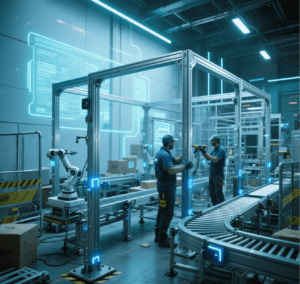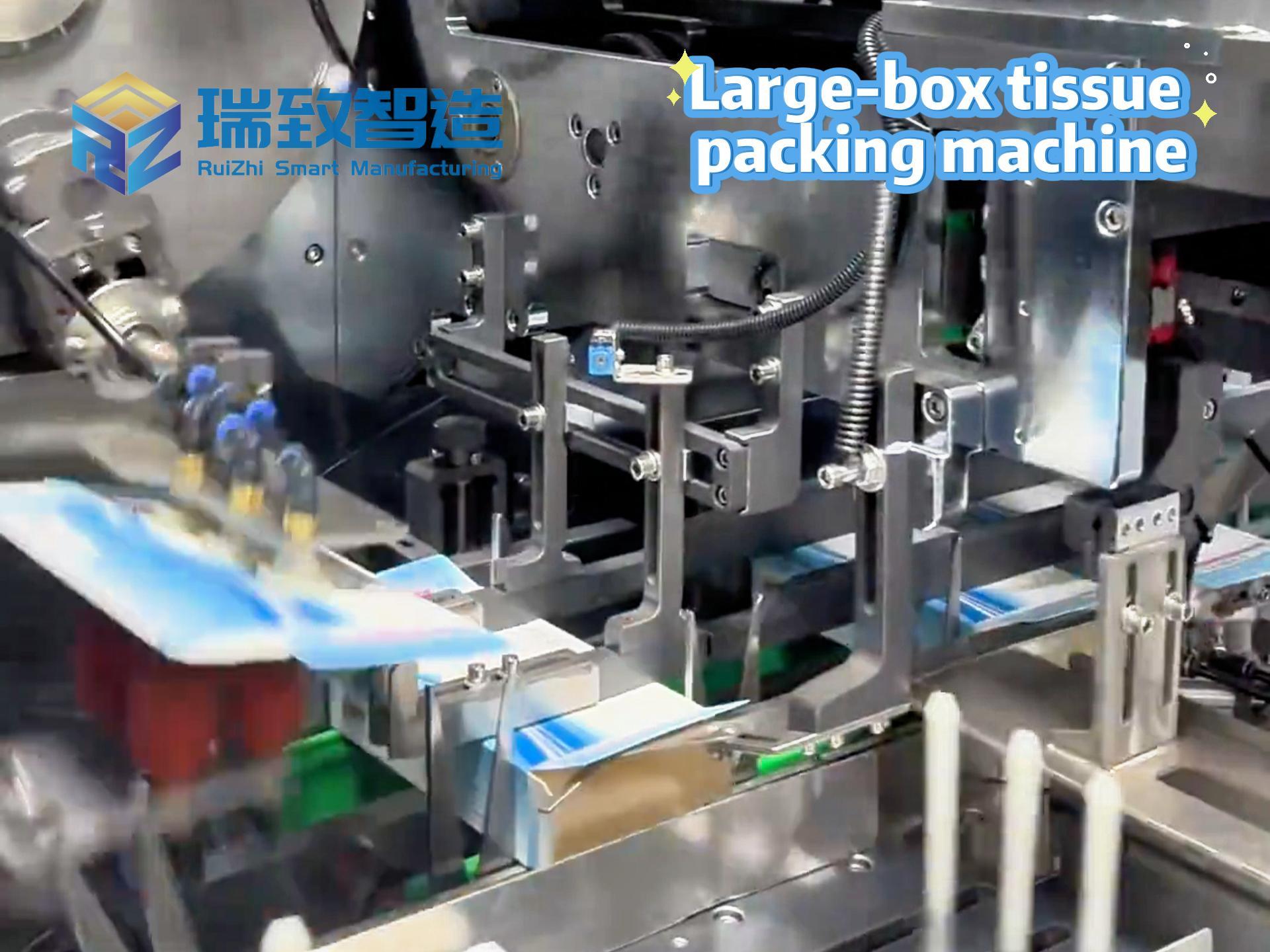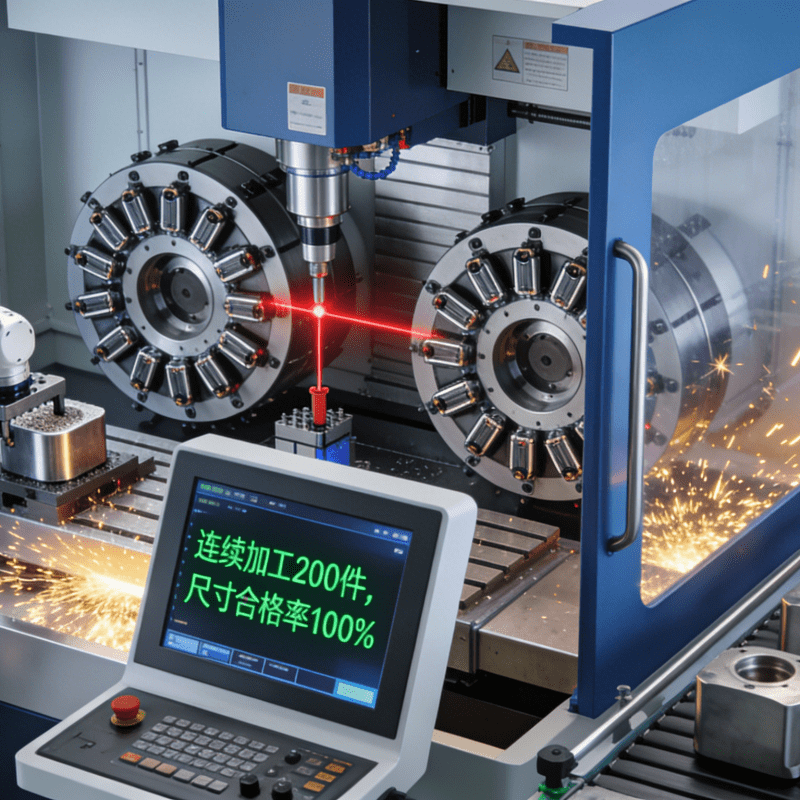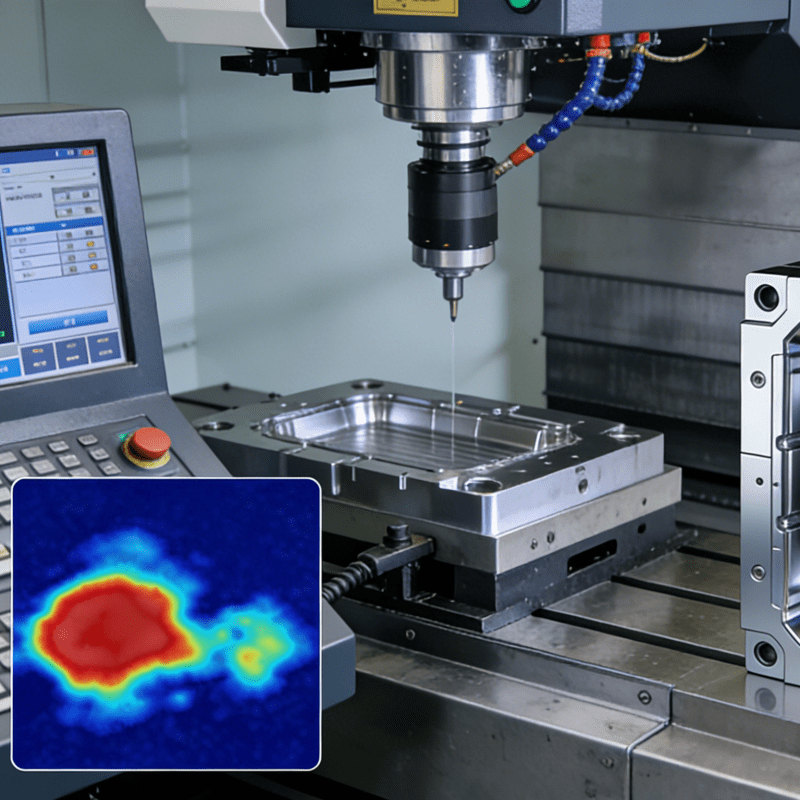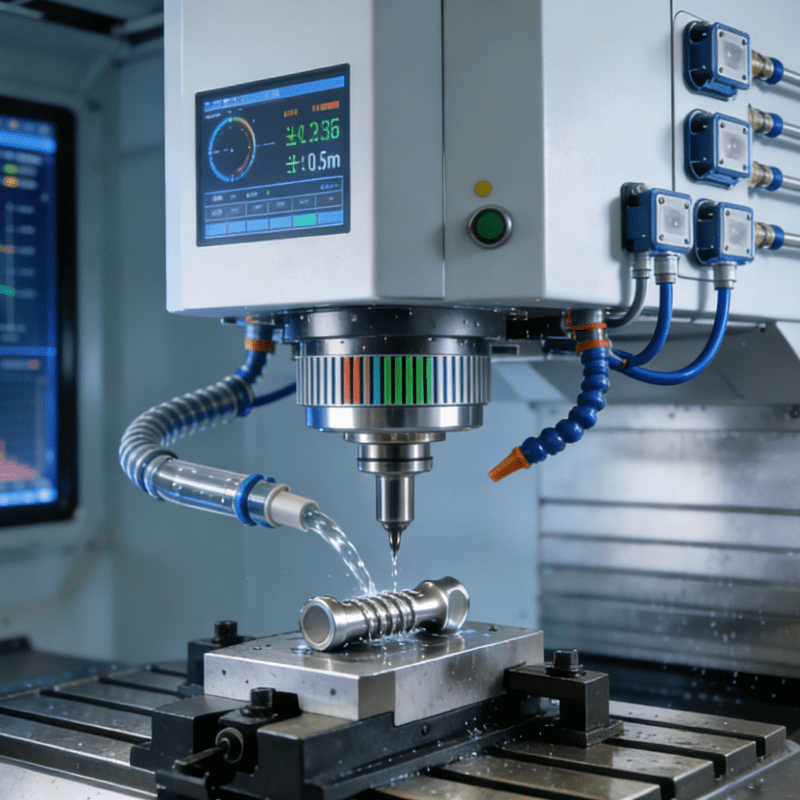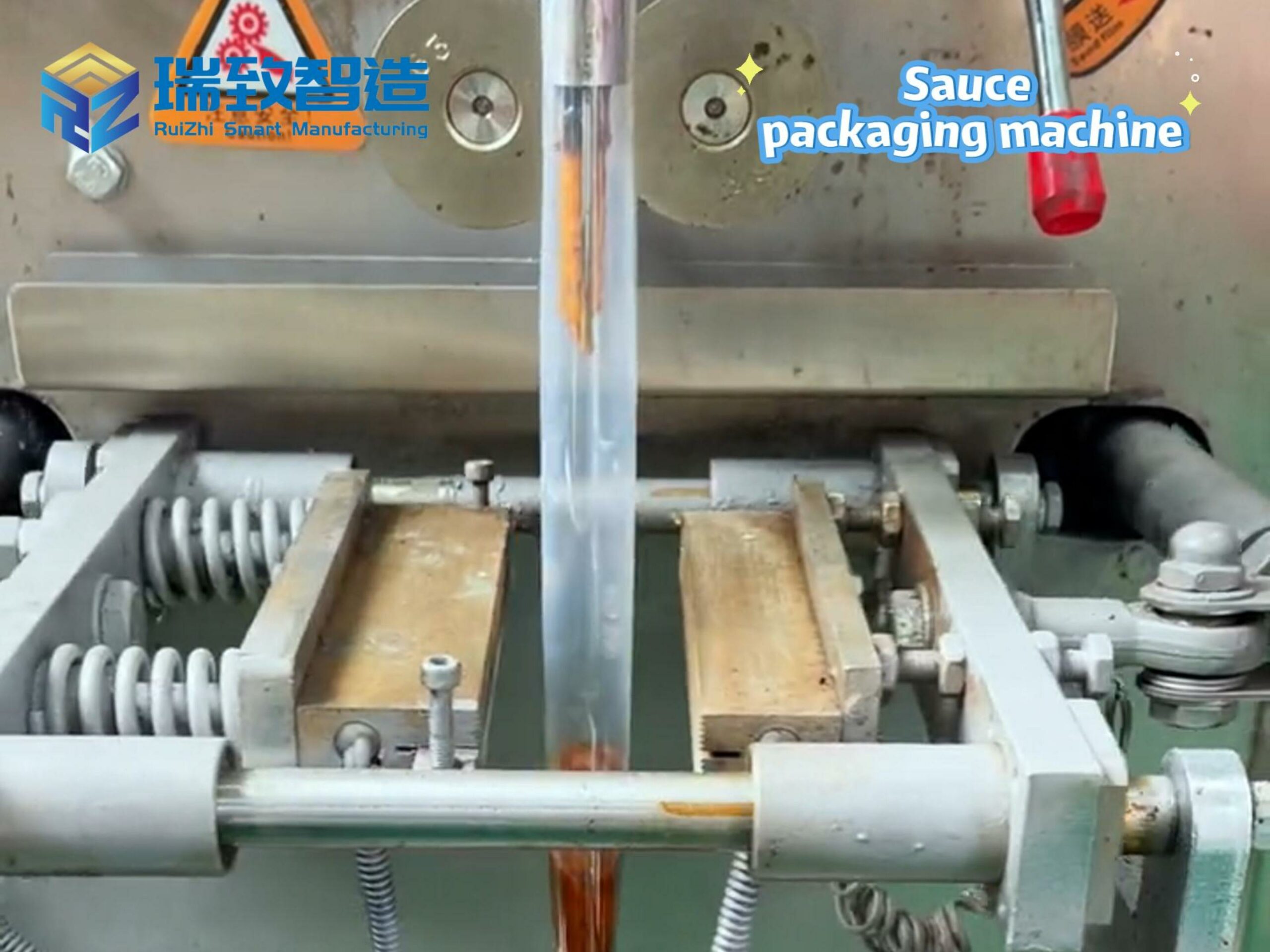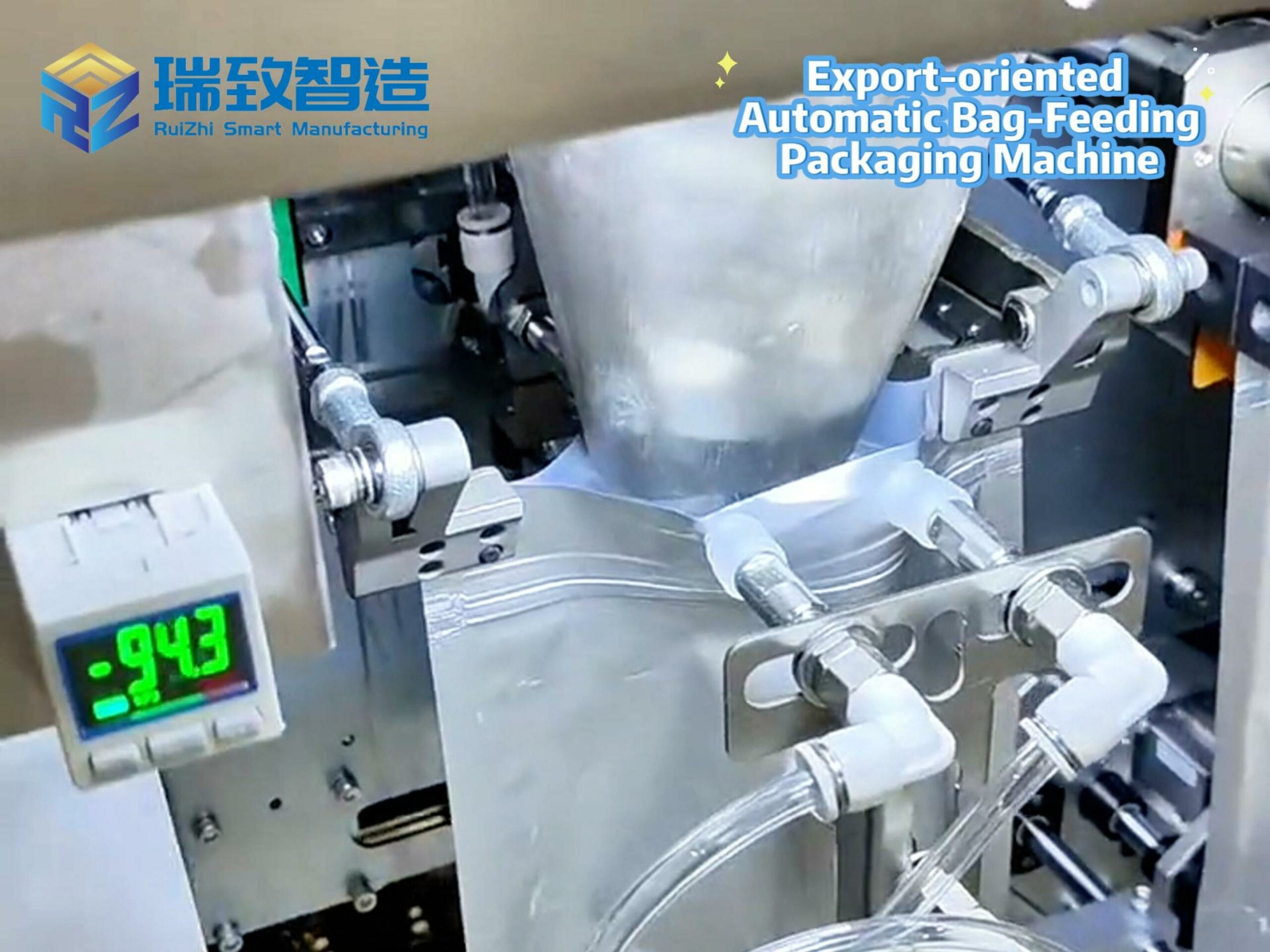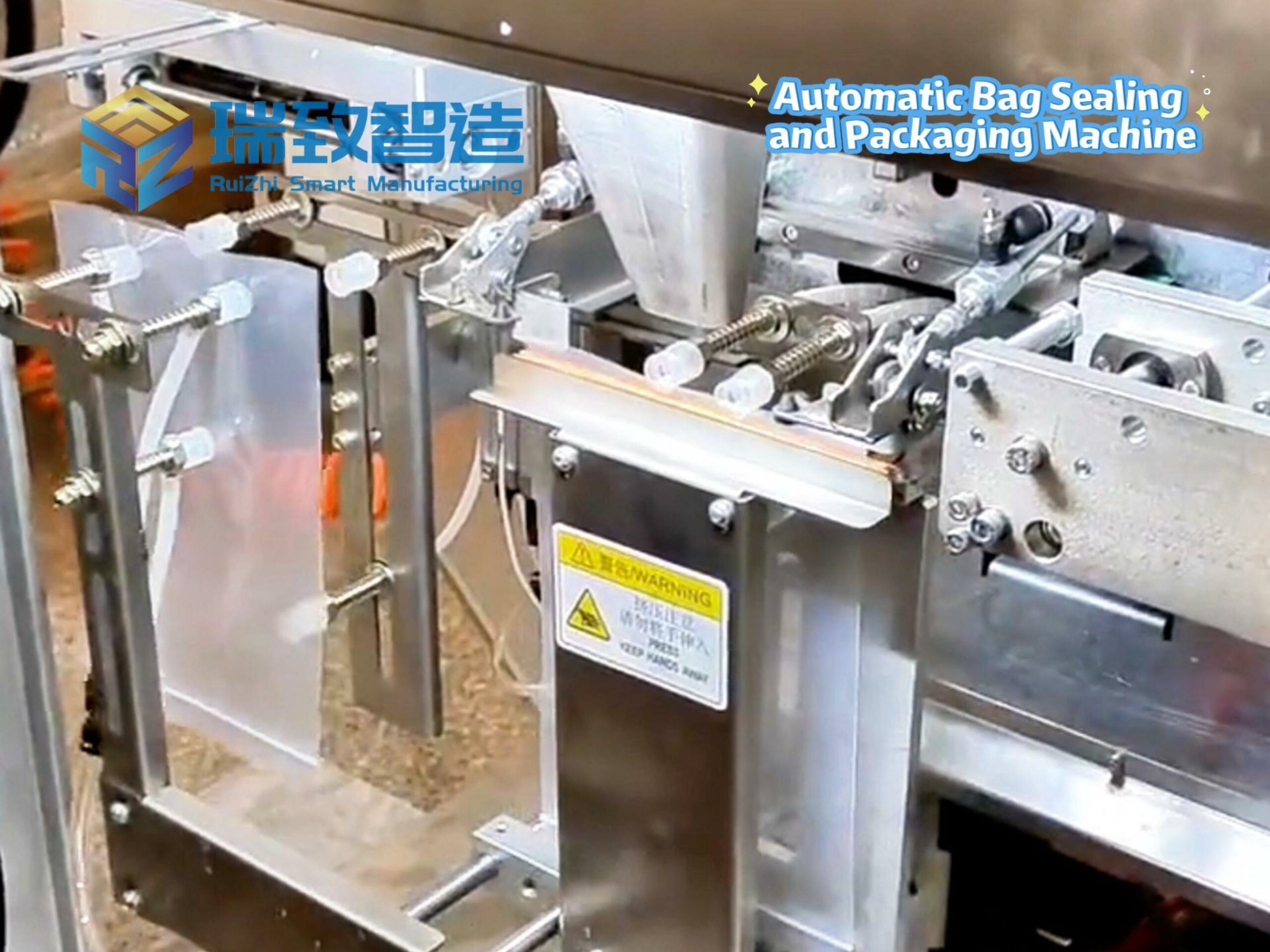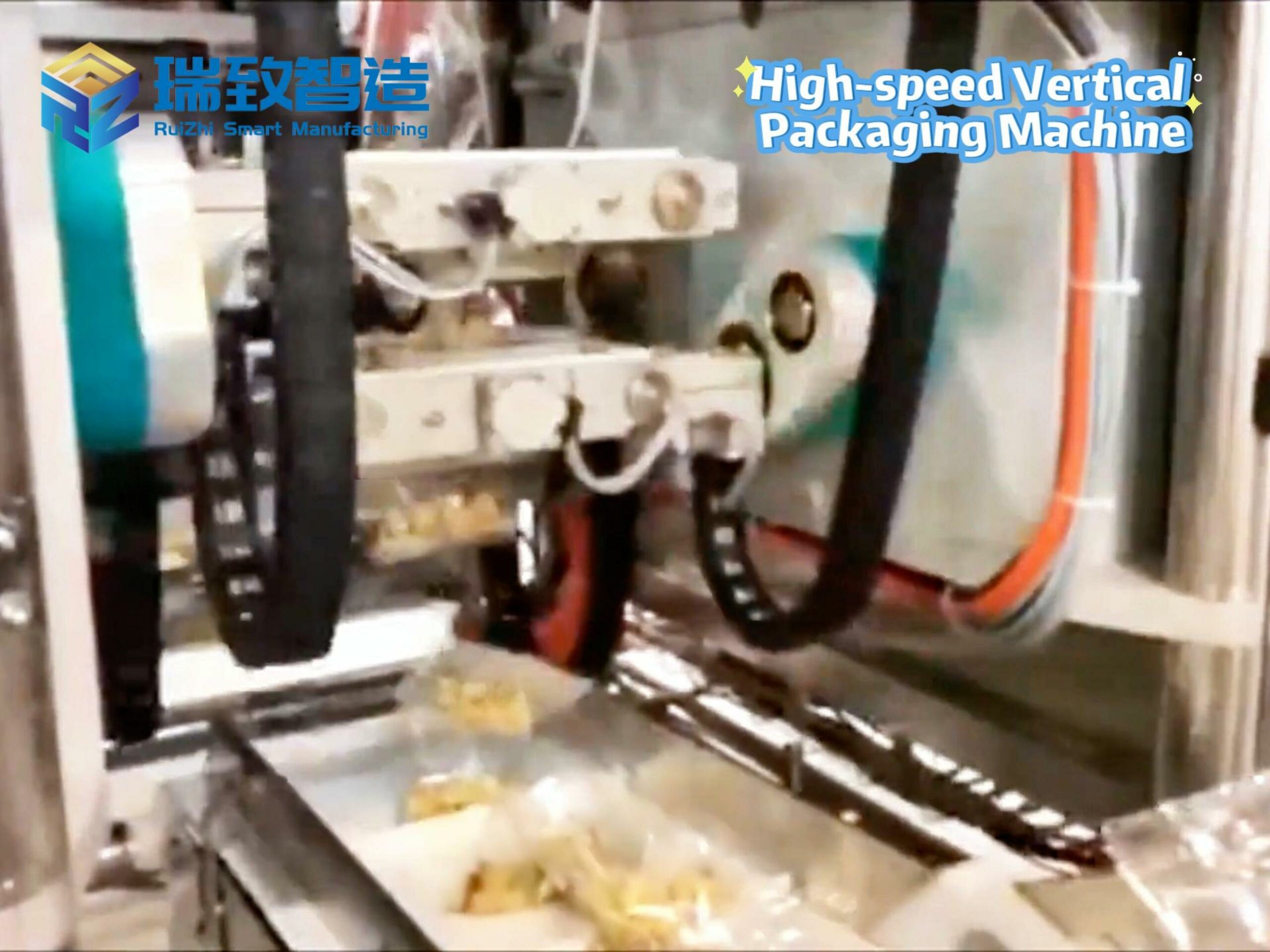In the world of consumer packaged goods (CPG), change is the only constant. Consumer preferences shift overnight, product ranges expand to meet niche demands, and packaging designs evolve to stand out on shelves—all while brands race to get products from factory to customer faster than ever. For packaging lines, this means one non-negotiable: flexibility.
A rigid packaging line, stuck in fixed processes, can’t keep up. It struggles with frequent changeovers, wastes time on reconfigurations, and misses opportunities to adapt to new trends. The solution? Strategic automation that doesn’t just speed up production, but makes it adaptable. By integrating the right tools and practices, CPG operations can turn their packaging lines into agile systems—ready to handle whatever the market throws their way.
Here are four automation best practices to maximize packaging line flexibility and productivity.
1. Simplify Planning with Engineering Software
The success of a packaging line starts long before any machine is built: in the design phase. A disorganized, guesswork-heavy design process leads to inefficient layouts, redundant steps, and costly reworks down the line. Engineering software changes this.
By using robust design tools early on, teams can model the entire line digitally—testing workflows, simulating changeovers, and identifying bottlenecks before physical construction begins. This “virtual prototyping” lets them optimize layouts for flexibility (e.g., leaving space for future equipment) and ensure every component (conveyors, robots, stations) works together seamlessly. When the line is finally built, it’s not just faster to launch—it’s built to adapt.
2. Be Future-Ready with Modular, Material Transport
Material transport is the backbone of any packaging line, and its flexibility determines how easily the entire system can evolve. Today’s transport technology—especially plastic chain conveyors—excels here, thanks to its modular design.
Unlike rigid, fixed conveyors, modular systems let operators add, remove, or reconfigure sections in hours, not days. Need to adjust for a new package size? Simply swap out a conveyor segment. Limited warehouse space? Customize the layout to fit tight corners. This scalability means the line grows with your needs—no full overhauls required when product ranges expand.
3. Build a Strong Foundation with Aluminum Framing
Flexibility doesn’t mean sacrificing stability. A packaging line needs a sturdy base to support dynamic operations, and aluminum framing delivers exactly that. Lightweight yet durable, it’s the unsung hero of adaptable systems.
Aluminum framing forms the foundation for everything from conveyor supports and cobot bases to flow racks and safety barriers. Its modularity lets teams reconfigure structures quickly—e.g., adjusting a cobot’s height to handle taller packages or adding guarding for new equipment. It also helps meet evolving regulations: when used for ergonomic workstations or protective barriers, it ensures compliance without slowing down production. In short, it’s the flexible backbone that makes other adaptations possible.
4. Improve Production Flow with More Versatile Cobots
Collaborative robots (cobots) have become workhorses in CPG packaging, but not all cobots are built for flexibility. The latest 7-axis models, however, are game-changers. Unlike traditional 6-axis cobots, they offer finer positioning control—reaching around obstacles, adjusting to odd package shapes, and handling tasks from palletizing to labeling with ease.
These versatile cobots integrate smoothly with conveyors and other systems, turning isolated tasks into connected workflows. Need to switch from labeling bottles to inspecting snack packs? Reprogram the cobot in minutes. They even adapt to human teams: working alongside operators on mixed lines, they take over repetitive tasks while leaving complex adjustments to people. For packaging lines needing to handle diverse products, 7-axis cobots are a flexibility multiplier.
In the CPG world, flexibility isn’t a “nice-to-have”—it’s how brands stay competitive. By adopting these four automation practices, packaging lines stop reacting to change and start anticipating it: Engineering software ensures the line is designed to adapt from day one; modular transport makes reconfigurations effortless; aluminum framing provides a stable, customizable base; and versatile cobots handle diverse tasks with ease.
Together, these tools turn rigid processes into agile systems—ones that can switch between products, adjust to new packaging, and scale with demand without skipping a beat. For CPG brands, that means faster time-to-market, lower changeover costs, and the freedom to chase new opportunities. In the end, it’s not just about automating production—it’s about automating adaptability.

